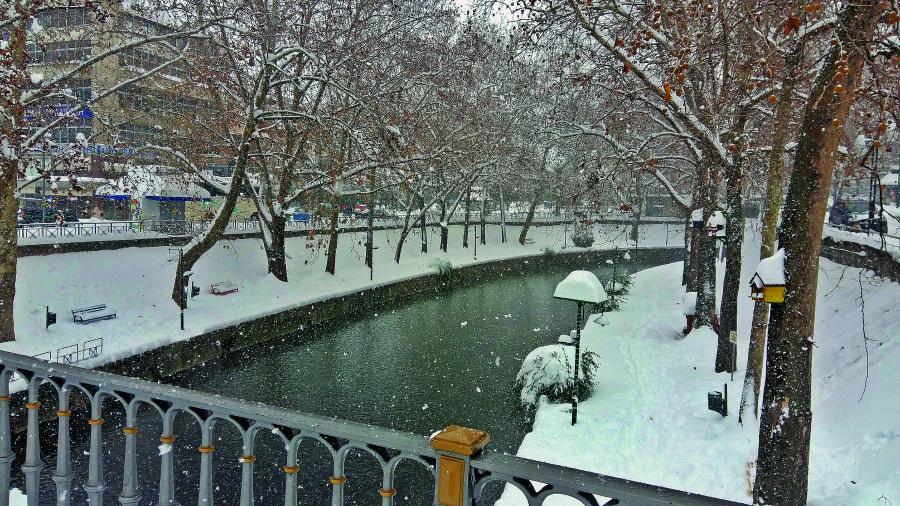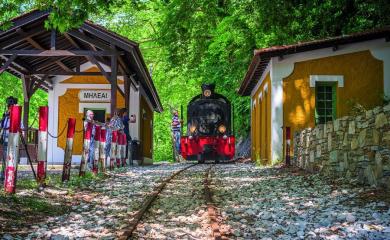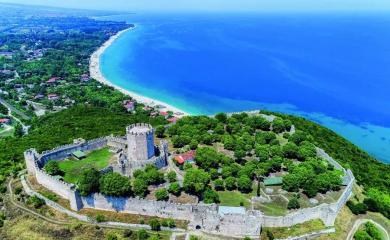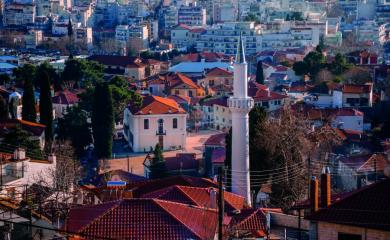Winter fairytales in Trikala
In a small strip of land, at the end of the vast plains of Thessaly, in the shade of the imposing ridges of Pindus, Trikala unveils the magic of a blessed land.
Castles, rivers, elaborate bridges, Byzantine churches, a rich musical tradition, fine gastronomy, hospitable people and a host of Christmas elves. Located at the north-western end of Thessaly, where the plains start flirting with Pindus's mountain range, Trikala is ready to share with you its unique stories.
Lithaios river flows right through the city centre in the place where according to Strabo, Asclepius, the god of medicine, was born. Walk on its banks, pose in front of the iconic Central Bridge, built in 1886 by French engineers, and in front of the falls at Asclepius Bridge and don’t miss the coffee and brunch at Diverso, by the river.
On a hill northeast stands a majestic castle, built in the 6th century AD by the Byzantine Emperor Justinian on the ruins of the acropolis of the ancient city of Trikki. Climb up to the central clock tower and admire the view all the way to Pindus and Meteora. At the foot of the hill spreads the old town, consisting of the neighbourhoods of Varoussi and Manavika. The former is known for its old mansions, built between the 17th and 19th century, as well as its narrow alleys. Here, you will get the chance to admire most of the city’s Byzantine churches.
A little further down, among the typical stone buildings of Manavika appears the famous three-dimensional mural which depicts snapshots of the old city’s daily life. It also features Tsitsanis playing his bouzouki on the balcony. Back in the old days, this was the quarter of workshops, warehouses and grocery stores, hence its name. Nowadays, it has been transformed into a cosmopolitan area, the most popular place for dining and lively nightlife. Check out the Crypt, the city’s all-time-classic cocktail bar.
The Vassilis Tsitsanis Museum is housed in the upper floor of the Old Prison building and exhibits personal belongings and a rich audiovisual archive of his work. The ground floor hosts the 16th-century Turkish baths. Along with Kursum Mosque which stands a few meters further down the street, the baths were part of a complex of buildings, built by Osman Shah, the governor of Sanjak of Trikala and nephew of Sultan Suleiman I the Magnificent.
For many people the city’s name is synonymous to Asclepius Street, the most central pedestrian street and a point of reference in the modern part of the city, around which the residents’ commercial and social life rolls on. On Asclepius Street and the surrounding pedestrian streets, there is a variety of shops, small shopping centres, numerous dining options, stylish cafes and the famous Town Hall. Among the beautiful buildings stands the imposing neoclassical mansion, which houses the historic Panellinion Hotel and Aegli restaurant, famous for its delectable local cuisine.
On the opposite bank there is the central Iroon Polytechniou square with the characteristic fountain pond and the small listed houses on its upper side. One of them is home to Cups Nine cafe which features an exquisite brunch menu.
Trikala becomes Greece’s capital during the Christmas season. Each year, Santa Claus and his elves create the most spectacular Christmas park in Greece, the famous Mill of the Elves. The carousel, the amusement park, the ice rink, the chocolate factory, the energy park, the polar express, the Christmas market and the exciting concerts are only some of the park’s activities.
For more information about Trikala go to www.madeintrikala.gr
Did you know?
Trikala boasts for its great musical tradition since it is the birthplace of many important musicians and performers such as Vassilis Tsitsanis, Apostolos Kaldaras, Kostas Virvos and Dimitris Mitropanos.
More than 30,000 bicycles roam the city streets at a ratio of 1 bicycle per 2.5 residents. In fact, there is a special police unit that carries out bicycle patrols.
The railway station of Trikala was built in 1886 by the French construction company of the Greek railway network, during the presidency of Charilaos Trikoupis. Outside the station you will see Karvouniaris, a more-than-a-100-year-old small steam train, which served the Paleofarsalos - Kalambaka connection.
Info
Trikala and Athens are connected by daily routes by transfer at Paleofarsalos.
You may find more information about promotions and discounts on our website.
Trikala: The smart city
The city of Trikala never ceases to make us proud. The program of Telematics welfare, the System of Clever Transport and free wi-fi in almost every spot of the urban network are only the flagships of the innovative digital program implemented by the Municipality, with many projects and applications, gaining its place in the 21 digitally informed, “smart cities” of the world, acknowledged all over Europe.
At the same time, an innovative pilot program is implemented on waste drums and hydrometers of the Municipality of Trikala. It includes the installation of sensors and special equipment, allowing the system operator to spot when the drum is full or to watch for potential malfunctions of the hydrometers. The system can warn the driver of the waste truck to hurry and empty the drum, with the double benefit of avoiding the disgusting and dangerous for public health phenomenon of an overfilled drum while reducing the circulation and maintenance cost of the trucks. (www.e-trikala.gr).
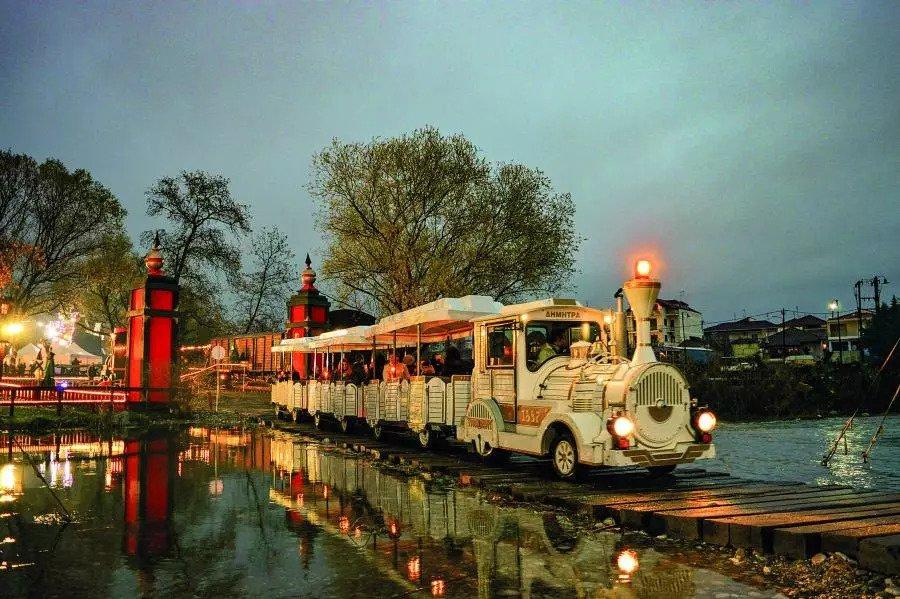
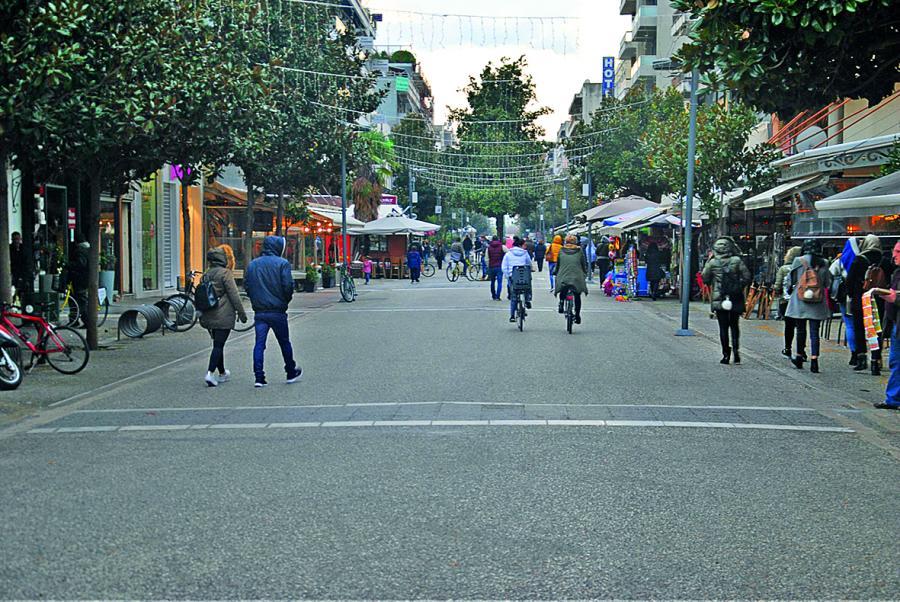
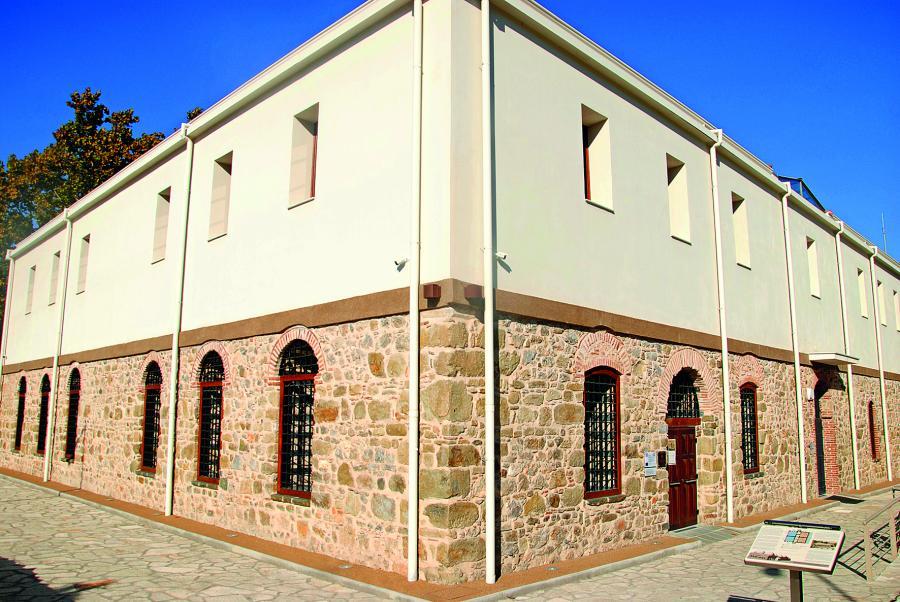
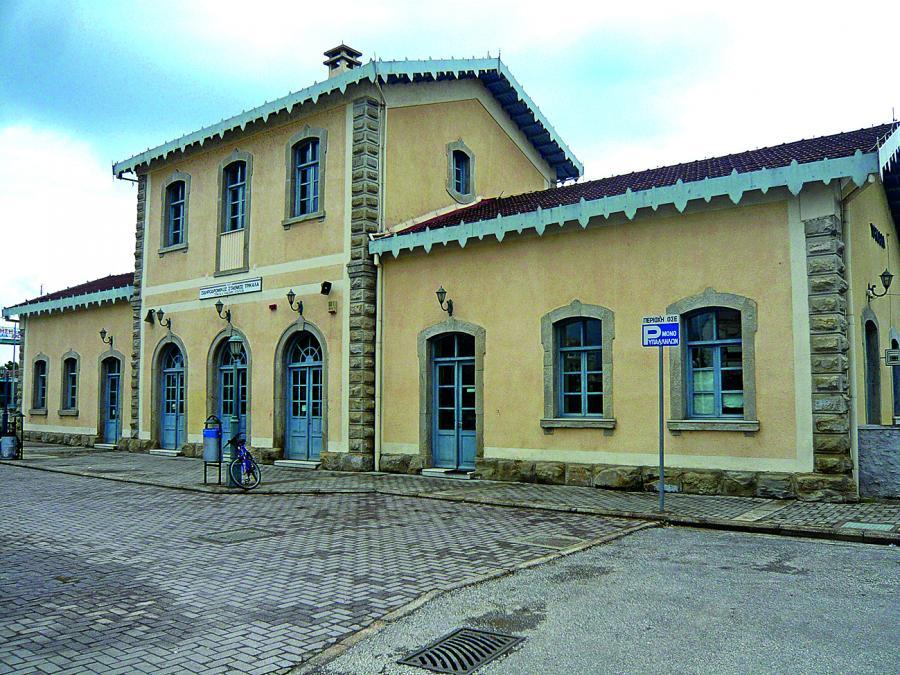
Useful links
